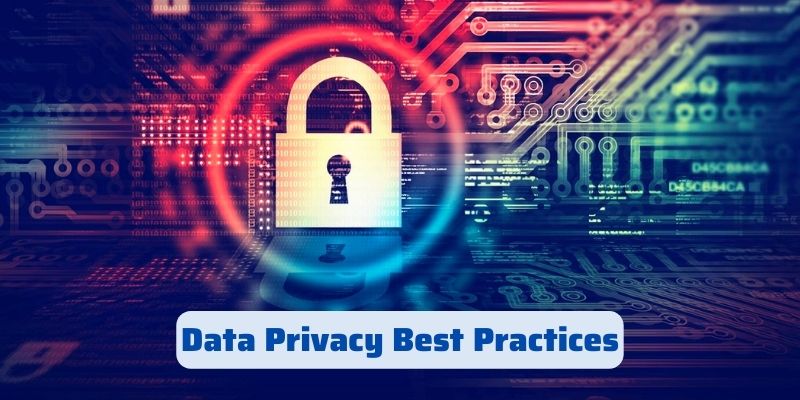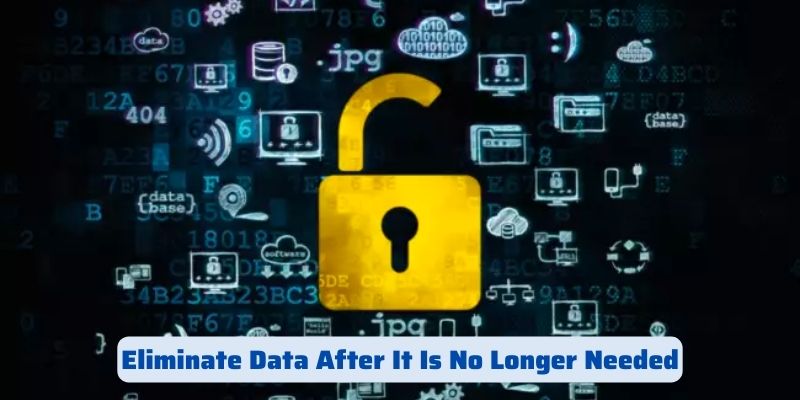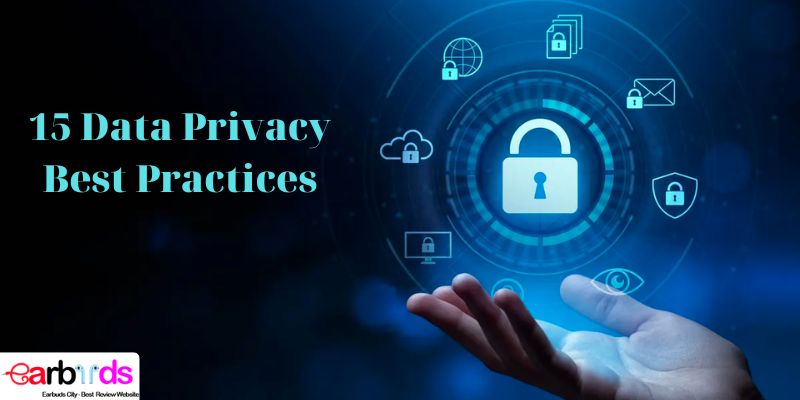Data privacy best practices has become more crucial in today’s digital age, as data is generated and gathered at an unparalleled rate. As social networking, e-commerce, and other online platforms become more and more popular, people are giving their personal information to a variety of businesses. However, this pattern has also increased cyberattacks and data breaches, underscoring the necessity of strong data privacy safeguards.
Privacy protection for data cannot be emphasized enough. According to statistics, data breaches are still a significant hazard, with more than 4,100 data breaches exposing an astounding 22 billion records.
Furthermore, research suggests that customers are becoming more concerned about their privacy, with over 80% of respondents in a recent survey expressing concerns about the sharing of their personal information without their authorization. These figures demonstrate how important data privacy protection is to maintaining both the safety and trust of both individuals and companies.
This article describes the finest data privacy protection techniques, from straightforward tweaks to more intricate configurations. In this article, earbudscity.com will discuss 15 Data Privacy Best Practices.
Data Privacy Best Practices

1. Perform Data Discovery (Data Privacy Best Practices)
Finding out what data you have, how much of it is sensitive or important to the organization, and which data has to be compliant with security standards is the first step in securing your data. Data discovery allows you to determine what data needs to be protected and how.
2. Control Access to Sensitive Data (Data Privacy Best Practices)
The company’s employees don’t all require the same information access. Why? The more people who have access to sensitive data, the higher the likelihood of internal security breaches, data theft, and/or loss. Pro tip: Only give access to people who actually require it.
3. Use the Principle of Least Privilege (PoLP)
Using the least privilege principle is a fantastic method to limit who has access to sensitive information. Giving every employee access to confidential information increases the possibility of data theft and insider threats in the event that a hacker hacks their accounts. According to this rule, new accounts start off with the fewest access rights to the data and gradually gain access with time, seniority, or the need.
4. Encrypt Your Data (Data Privacy Best Practices)

Personal data is exposed to attacks because of the exponential rise in cybersecurity breaches over the past few years. How can data be secured from hackers? Lock it up. Data encryption hides information from unauthorized users by encoding plaintext into ciphertext, which is incredibly difficult to crack. Utilizing software that automatically encrypts data for you, such as TitanFile, can make the process incredibly simple.
5. Install Anti-Malware Software (Data Privacy Best Practices)
Your personal information may be compromised by hackers if your gadgets are infected with malware. The likelihood of malware attacks can be decreased by making sure you have anti-malware software installed.
6. Perform Vulnerability Assessments and Audits (Data Privacy Best Practices)
Data is continually vulnerable to online flaws since it is stored on a computer. Regular assessments and software audits will make sure your system is current and secure, preventing data breaches.
7. Have a Data Usage Policy (Data Privacy Best Practices)
Having a data usage policy is the greatest way to improve data security. By establishing a policy, it becomes apparent who, what, where, when, and how data can be accessed.
8. Create and Implement Employee Security Training (Data Privacy Best Practices)
Having a policy in place is crucial for data security, but the simplest and most efficient way is to train personnel on security best practices and standards. Employees should receive training on managing security, understanding the significance of data security, and reducing the impact of potential risks.
9. Physically Safeguard Data (Data Privacy Best Practices)
Not all information will be kept online. Many employees in the legal, accounting, and government sectors still physically manage their private documents on paper and USB drives. By installing security cameras within the office and securing the facility after each use, data security should be practiced.
10. Create Strong Passwords (Data Privacy Best Practices)
The simplest means for hackers to access your data is through weak passwords. It is insufficient to simply use “12345” as the protection for your private data. Converting your passwords to passphrases is a good idea. with instance, substitute HaroldsEmaraldLemonLeopardOreos with HELLO123. To be even more safe, you can mix numbers in.
11. Enable Two-Factor Authentication (Data Privacy Best Practices)
Strong passwords help prevent unauthorized parties from breaching your system and jeopardizing your data. Even the strongest passwords, though, are susceptible to hacking. Enabling two-factor authentication (2FA) adds an additional layer of security on top of passwords. With 2FA, hackers would need to be aware of specific responses and/or have access to your backup device in order to obtain a special code. It’s incredibly unlikely and a terrific technique.
12. Comply with Security Regulations (Data Privacy Best Practices)
To safeguard customer data and personal information, security regulations like HIPAA, PIPEDA, and GDPR are in place. Businesses who adhere to security requirements not only win the trust of their customers, but also make sure that data is safeguarded as much as possible. Benefit from following security regulations.
13. Stop Sending Private Information Over Email (Data Privacy Best Practices)
Email is a reliable method of communication, but it puts the privacy of your data at risk when it comes to transmitting and receiving sensitive information. Email does not encrypt data, making it highly vulnerable to security breaches as the data is sent between computers. Use an encrypted file sharing service like TitanFile the next time you want to email your SIN, ID, or other personally identifiable data.
14. Invest in Secure Cloud Services (Data Privacy Best Practices)
You may store your data safely in the cloud and access it online thanks to secure cloud services. You may do rid of the risk of exchanging files over USBs or insecure emails by implementing secure cloud services.
15. Eliminate Data After It Is No Longer Needed (Data Privacy Best Practices)

There will always be a risk to data security as long as data is around. However, it is advisable to destroy some data (such PII and PHI) after you no longer need access to it. A fantastic data security tactic is to remove data using a service that shreds files, like Eraser, or by using a program that deletes files that are no longer needed or have expired.15 best practices for data privacy

